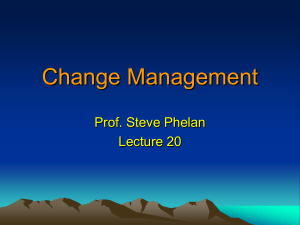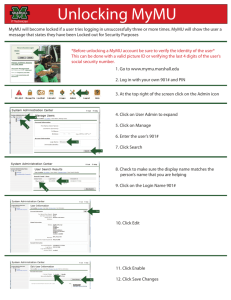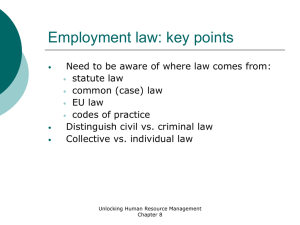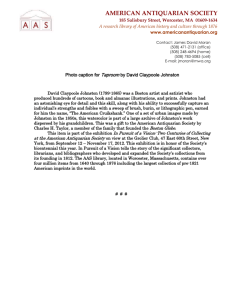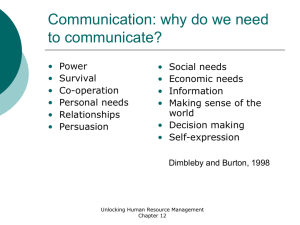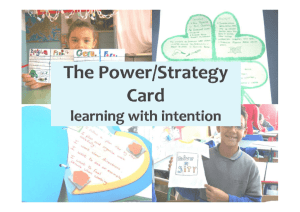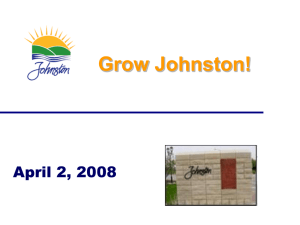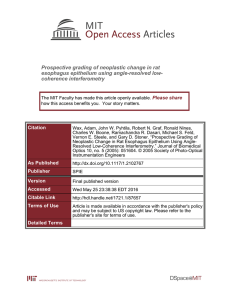100614 Breakout Session 1 Power Point
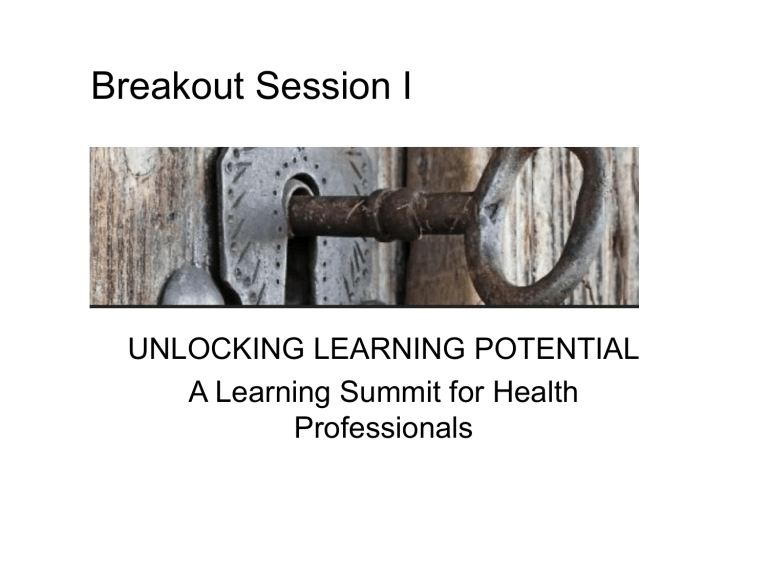
Breakout Session I
UNLOCKING LEARNING POTENTIAL
A Learning Summit for Health
Professionals
• What comprises the LML Advanced Learning
System®?
LCI
Patterns
Metacognition
Vocabulary
Decode
&
F.I.T.
Strategy
Cards
• What is the theoretical basis of the
Advanced Learning System?
– An understanding of the brain.
– An understanding of the mind.
– An understanding of the brain-mind interface.
How Learning Occurs
Taste
Sound Touch
BRAIN
Sight Smell
Stimuli enter the Brain
(C. Johnston, ©Let Me Learn, 2010)
BRAIN
Filters or Learning
Patterns
MIND
Stimuli are processed in the brain and pass through a series of filters known as the brain-mind interface or
Learning Patterns. The filtered stimuli enter the mind and are translated and stored.
(C. Johnston, ©Let Me Learn, 2010)
BRAIN
Patterns
MIND
The Learning Patterns also direct the internal talk of learning. When used with intention, they can guide the learner to metacognitively develop personalized learning strategies that lead to enhanced achievement.
(C. Johnston, ©Let Me Learn, 2010)
• How can you experience the Unlocking of
Your Learning Potential for yourself?
– Study your particular combination of Learning
Processes (Look at your LCI results).
– Use the NACADA/FYE monograph to guide you.
Sequence
• I want:
• clear, step-by-step directions.
• to go over and over directions.
• to see a sample.
• time to develop a plan.
What You Hear
• “What am I supposed to do?”
• “What do I do next?”
• “Could I see an example?”
• “Wait a minute! Don’t go to the next one yet.”
Precision
• I want:
• a lot of detailed information.
• time to check my work is correct.
• to look up additional information.
• to ask a lot of questions.
What You Hear
• “Is this right? What’s the answer?”
• “Where can I find the answer?”
• “Well, actually…”
• “Wait a minute. I’m still writing.”
Technical Reasoning
• I want:
• to be left alone while working.
• to build things to show my skills.
• to learn from real world experiences.
• to do projects instead of “paper and pencil,” written assignments.
What You Hear
• “When am I ever going to use this?”
• “I can do this myself!”
• “My project? I didn’t get it done.”
• Quiet. No words. Playing a digital game on a phone or tablet.
Confluence
• I want:
• to get started and ask for directions later.
• to do assignments in a unique way.
• to take risks with new ideas.
• to be allowed to learn from my failures.
What You Hear
• “Who will care if I do it differently?”
• “I’ve got another idea!”
• “I have lots of things started but not much finished!”
• “I love the word, ‘imagine!’”
• How can you experience the Unlocking of
Your Learning Potential?
– Develop a Personal Learning Profile.
– Use the NACADA/FYE monograph to guide you.
A Sample Personal Learning Profile
– Learning Patterns have names, a voice, a message, and specific thoughts, actions, and feelings.
– Articulating who you are as a learner opens doors to greater understanding, better communication, and more effective action when working with others.
– In reflecting on your past, how have your Learning
Patterns contributed to your success? Where have they created challenges?
– Which of your Learning Patterns do you rely on most frequently? What is an example of one that has served you well and one that has interfered with your success?
• Implications for You and Your Work
– In reflecting on your current position and responsibilities, how do they fit with your
Learning Patterns?
– Do you need to Forge, Intensify, or Tether any
Pattern to be more effective? If so, what strategies can you employ to do that?
• How can you use this Advanced Learning
System to enhance the services in your division, unit, or course?
